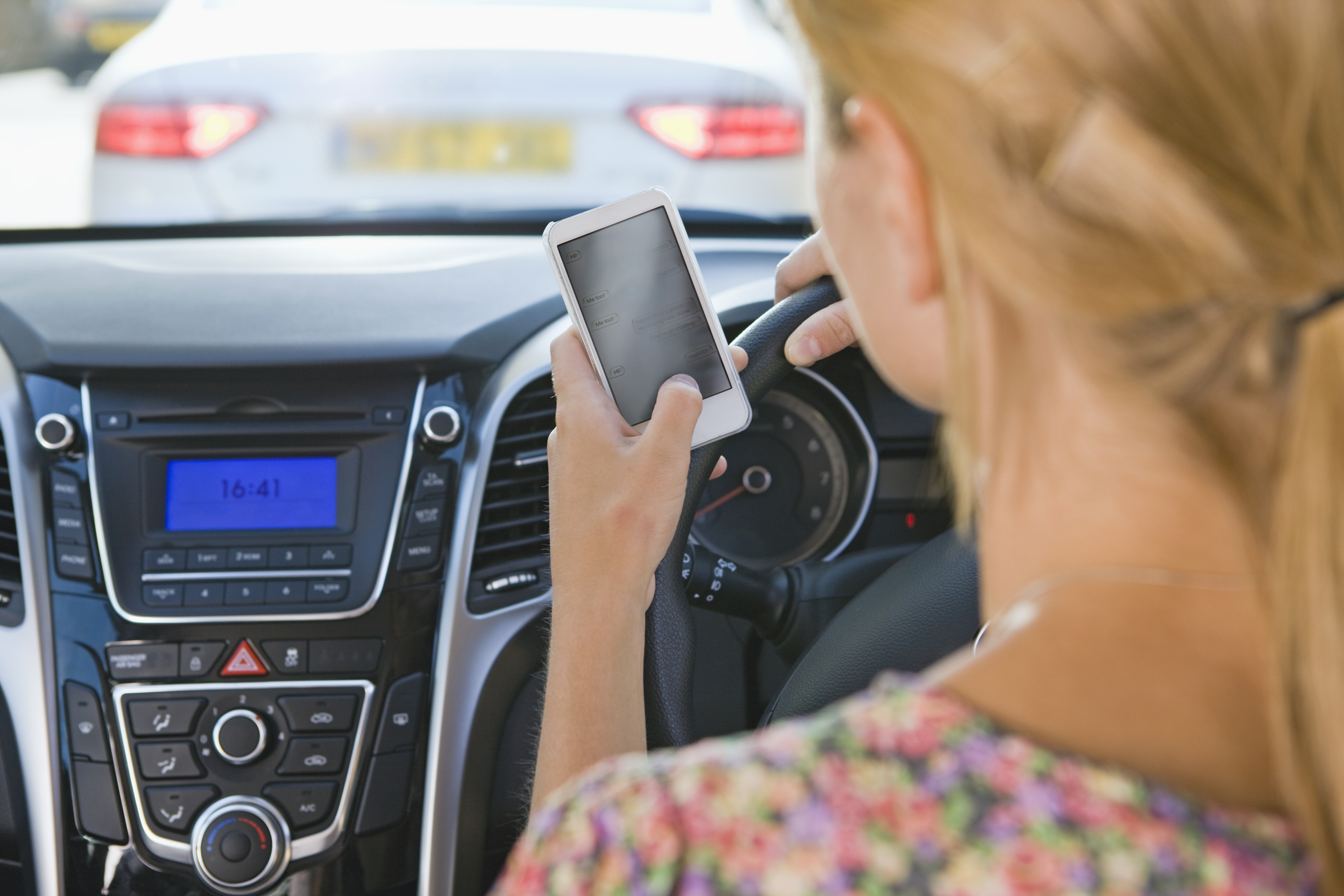Industry Insights
Sharing, learning and discussing topics around IME's
Distracted Driving: Overview & Will the New Penalties be Effective?

With all of the recent media coverage, for most of us, it is not news that as of September 1, 2015 in Ontario the fines and penalties for distracted driving increased. Just as an overview, if convicted of distracted driving, a fully licenced driver (holder of Class A, B, C, D, E, F, G) or a hybrid driver (holder of a full-class licence and a novice licence such as Class G and M1) will receive:
- a fine of $400, plus a victim surcharge and court fee, for a total of $490 if settled out of court
- a fine of up to $1,000 if you receive a summons or fight your ticket
- three demerit points applied to your driver’s record
If convicted of distracted driving, a novice driver (subject to the Graduated Licensing program) will be subject to escalating sanctions:
- first occurrence will result in a 30-day licence suspension
- second occurrence will result in 90-day licence suspension
- licence cancellation and removal from the Graduated Licensing System for a third occurrence
Those are certainly stiff penalties, particularly for Novice drivers, however, it must be noted if you endanger others because of any distraction (i.e. your distracted driving results in an accident), including both hand-held and hands-free devices, you can also be charged with careless driving. If convicted, you will automatically receive:
- six demerit points
- fines up to $2,000 and/or a jail term of six months
- up to a two-year licence suspension
Depending on the nature of the incident you could even be charged with dangerous driving (a criminal offence), with jail terms of up to five years.
It is interesting to note that, upon reviewing the law in detail, a driver has to be careful with how they utilize the very common dash mounted phone cradles/cup holder mounted devices. You are allowed to press the device to deactivate or activate the hands free call functionality as long as you don’t take your eyes off of the road and/or look down, but you are not allowed to dial a phone number, look up a contact, read a text message, or scroll through any pages on your device. Essentially, based on this, it appears that a Bluetooth enabled system in your car is the most proactive way to go both from a safety and legal perspective.
There is no question that the introduction of these stiffer fines is more than warranted based on both the statistics and human research. Researcher David Strayer of the University of Utah found that talking on a cell phone quadruples your risk of an accident, about the same as if you were driving drunk. That risk doubles again, to eight times normal, if you are texting. In fact, The Ministry of Transportation says fatalities from distracted driving are projected to eclipse those from drinking and driving in Canada by 2016.
The reason for the increased risk is due to the fact that humans truly are not capable of “multi-tasking” and driving requires a driver’s full attention at all times. To many it may seem like they have time to review a quick email or dial a number but a study conducted by CAA revealed that even a moment’s distraction can be dangerous. For example, they demonstrated that replying to a text message takes an average of 33.6 seconds. If you’re driving on a residential road, this means you may have missed 85 parked cars, 36 houses or 5 intersections. As a result, maybe you didn’t see the vehicle that was backing down a driveway or maybe it was the young cyclists who may have suddenly turned into your path. Just imagine what else you may have missed, and the consequences that could follow.
Accidents are basically caused by 3 things: The human condition (Impaired, falling asleep, distraction, inattention, aggression etc.), the human action (excessive speed, fail to yield, follow too closely, ignoring traffic devices etc.), and environmental factors (including Acts of God). When police investigate serious/fatal collisions, they fill out a Traffic Accident Report to best determine the factors that led to the accident. In most jurisdictions they have a report that allows them to check off the appropriate box of Human Condition or Human Action, and then list the conditions or actions that they believe to have been the contributing factors to the crashes. Generally, they are allowed to assign up to 4 contributing factors and then the report is entered and statistics are generated based on tabulation of the reports.
It will be very interesting to monitor those statistics over the course of the next year to see if the stiffer new fines will prove to be a material deterrent and ultimately if it will work to reduce accidents attributed to hand held device usage. We will know a lot more next year at this time but, for now, there is no question that from both a safety perspective and a legal perspective hand held devices should not be used while driving.
*All information available in accessible formats upon request.



